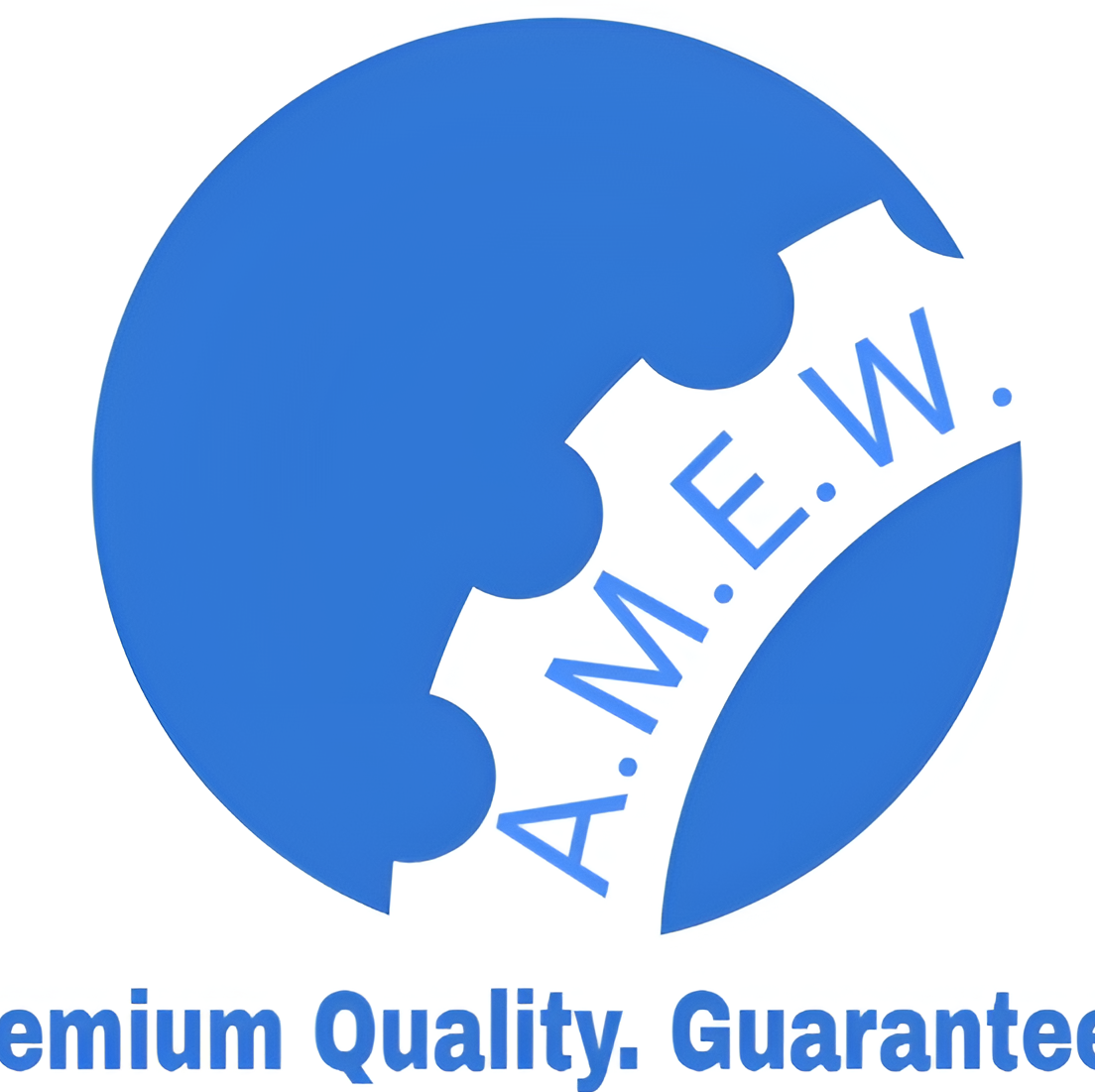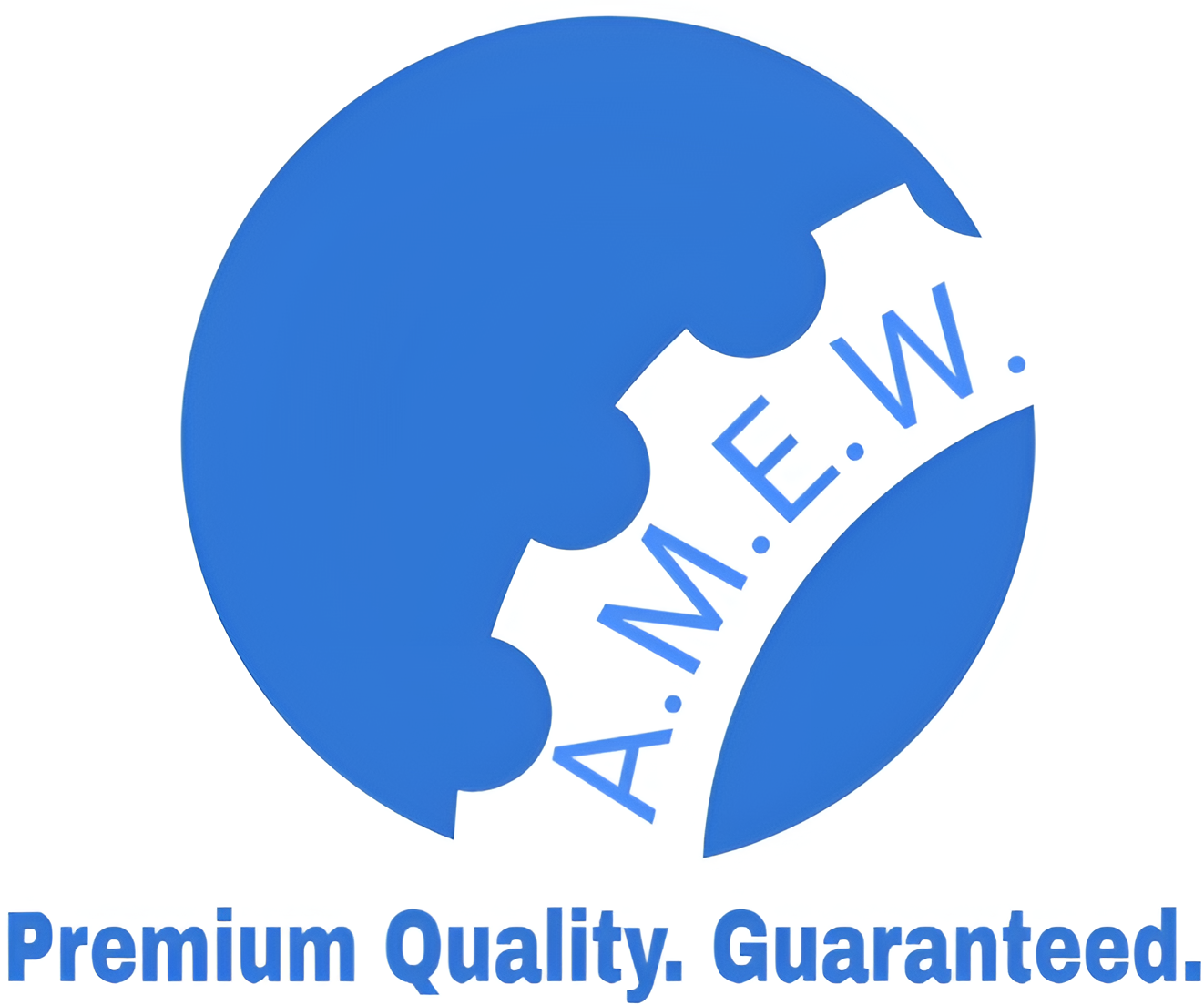Understanding ASTM A519 Tubes and Their Applications
The demand for durable and versatile tubing solutions has been on the rise across industries, and ASTM A519 tubes have become a favorite choice for many. Whether you’re looking to understand their specifications, advantages, or industrial applications, this guide covers it all. By the end, you’ll not only see why ASTM A519 tubes are so widely respected but also how they stack up against other tubing standards.
What Are ASTM A519 Tubes
ASTM A519 tubes are seamless carbon and alloy steel mechanical tubing products that are widely used across various industries. Manufactured to meet the standards detailed by the American Society for Testing and Materials (ASTM), these tubes have become known for their strength, reliability, and adaptability.
Unlike welded tubes, seamless tubing like ASTM A519 is formed without any joining or welding. This ensures a smooth, uniform structure that can withstand higher pressures and harsh conditions. Hence, they are ideal for mechanical purposes such as bearings, gears, and structural applications.
Why ASTM A519 Tubes Matter
ASTM A519 tubes aren’t just any standard tubing. With strict manufacturing guidelines, they deliver consistent performance and excellent mechanical properties. Their importance stems from their ability to provide reliability in highly demanding environments, ranging from automotive parts to industrial machinery.
Key Specifications and Standards of ASTM A519 Tubes
Understanding the standards and specifications of ASTM A519 tubing is essential for choosing the right product for your project. Here’s a detailed breakdown:
Composition and Grades
ASTM A519 tubes are available in both carbon steel and alloy steel grades. Some commonly used grades include:
- Carbon steel grades (e.g., 1010, 1020, 1026): Suitable for applications requiring good machinability and strength.
- Alloy steel grades (e.g., 4130, 4140): Ideal for applications requiring superior toughness, strength, and resistance to wear.
Each grade has a unique chemical composition tailored to specific industrial needs.
Dimensional and Mechanical Requirements
- Size Range:
ASTM A519 tubes typically come in outer diameters ranging from 1/8 inch to 20 inches, with wall thicknesses varying by application.
- Tolerances:
These tubes offer precise tolerances, making them suitable for applications where accuracy is critical.
- Mechanical Tests:
They undergo rigorous testing for tensile strength, elongation, and hardness, ensuring they meet the required performance standards.
Heat Treatment
ASTM A519 tubes can be supplied in various conditions, including as hot-finished, normalized, or quenched and tempered. The choice largely depends on the desired mechanical properties for the application.
Standards Compliance
Manufactured in accordance with ASTM A519 guidelines, these tubes are compatible with American industrial specifications. This ensures that users receive consistent, high-quality products.
Applications of ASTM A519 Tubes
The versatility of ASTM A519 tubes makes them suitable for a wide range of industrial applications. Here are some key sectors where these tubes excel:
Automotive Industry
- Used in steering columns, axles, and driveshafts due to their exceptional strength and fatigue resistance.
- Seamless design ensures durability under stress.
Industrial Machinery
- Essential for gears, bearings, and hydraulic components.
- Their seamless construction and precision tolerances make them reliable for high-pressure applications.
Construction and Infrastructure
- Often used as structural components for bridges, buildings, and heavy machinery.
- Their high strength-to-weight ratio allows for robust yet lightweight solutions.
Energy and Power
- Required in power plants for transporting fluids and gases at high pressures and temperatures.
- Alloy grades are particularly suited for withstanding extreme conditions.
Aerospace Industry
- Utilized in aerospace frames and hydraulic systems where lightweight, strong materials are critical.
Advantages and Limitations of ASTM A519 Tubes
No material or standard is perfect, so it’s useful to understand both the strengths and potential challenges of ASTM A519 tubes.
Advantages
- Seamless Construction:
Eliminates weaknesses such as weld seams, ensuring uniformity and increased resistance to pressure and mechanical stress.
- High Strength and Durability:
Available in a wide range of carbon and alloy steels, they offer excellent mechanical properties, including superior yield strength and toughness.
- Precision:
Manufactured with strict tolerances for applications that demand high accuracy.
- Customizability:
Supplied with various heat treatments and grades for tailored solutions.
- Wide Application Range:
Suitable for industries like automotive, energy, construction, and aerospace.
Limitations
- Cost:
Seamless tubes are generally pricier compared to welded alternatives due to their intricate manufacturing process.
- Manufacturing Complexity:
Producing ASTM A519 tubes requires specialized equipment and expertise, making lead times longer.
- Limited Diameter in Some Cases:
Larger diameters may not always be available compared to welded pipes.
Comparing ASTM A519 to Other Standards and Materials
How do ASTM A519 tubes stack up against other commonly used tubing standards? Here’s a quick comparison:
ASTM A519 vs ASTM A213
- Focus:
ASTM A519 focuses on seamless carbon and alloy steel used for mechanical applications, while ASTM A213 caters to seamless alloy-steel tubing for high-temperature boiler and heat exchanger applications.
- Applications:
A519 is ideal for structural and mechanical components, whereas A213 is better suited for thermal systems.
ASTM A519 vs Welded Tubes
- Cost Difference:
Welded tubes are more economical but lack the uniform strength and pressure resistance of ASTM A519 seamless tubes.
- Durability:
For high-stress environments, A519 tubes outperform welded tubes due to their seamless construction.
ASTM A519 vs AISI 4130 Tubes
- While ASTM A519 covers various grades including 4130, specialized AISI 4130 tubes focus only on that specific alloy. This makes the former more versatile for industries requiring diverse tubing options.
Key Benefits of ASTM A519 Tubes at a Glance
ASTM A519 tubes are a popular choice due to their seamless performance, adaptability across diverse applications, and compliance with industry standards. They’re highly recommended for anyone seeking durable, precision-engineered tubing solutions.
For those in the automotive, industrial machinery, or energy sectors, these tubes are particularly advantageous. They provide a competitive edge by combining strength with efficiency.
If you’re considering upgrading your tubing materials, ASTM A519 is worth exploring. Its durability, reliability, and versatility make it stand out in a wide range of industries.

